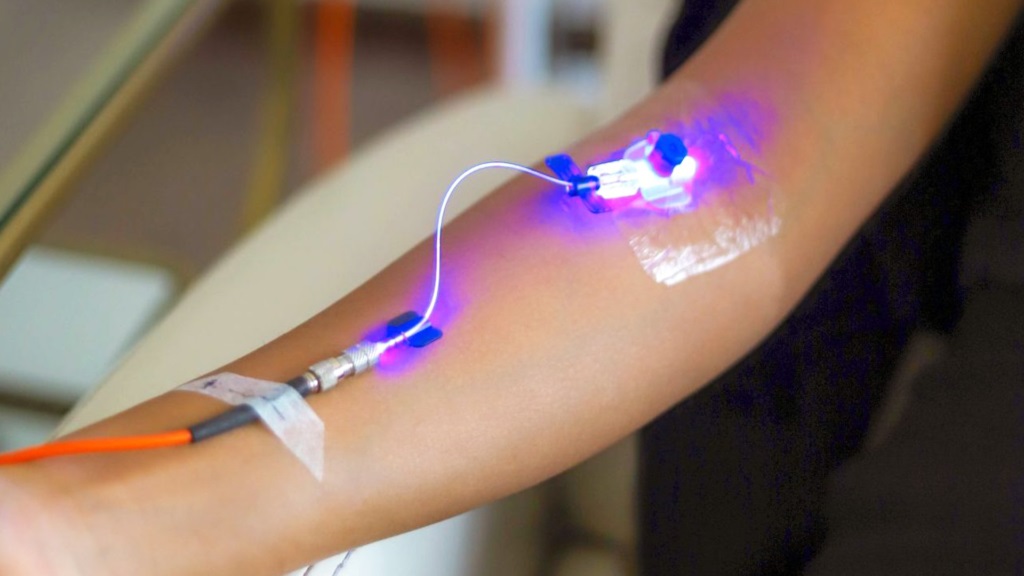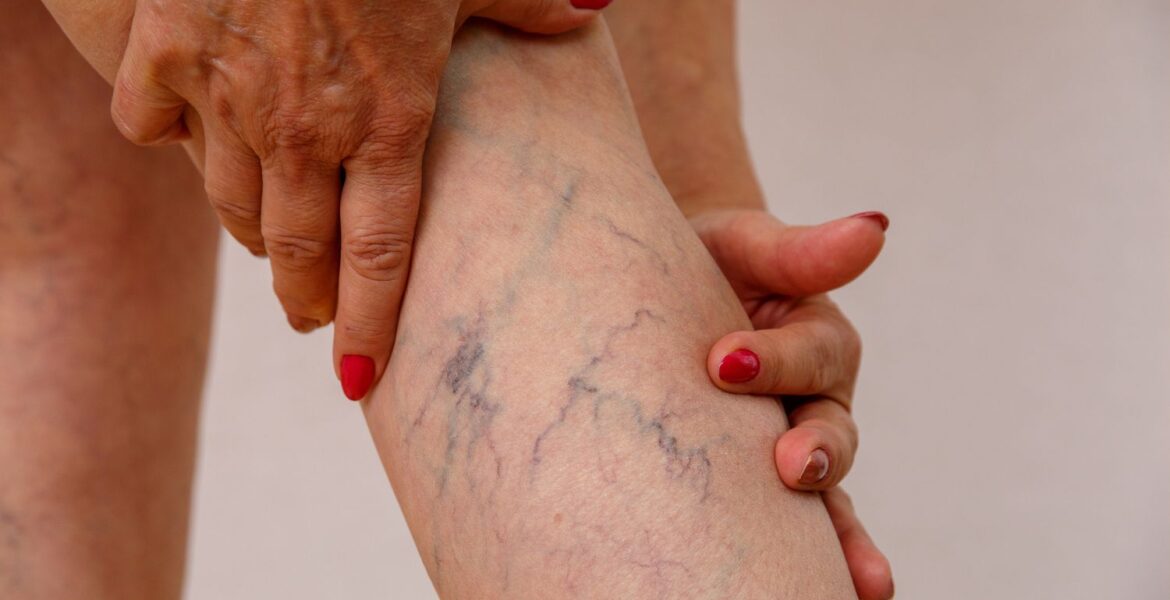Today, thanks to the intravenous laser, varicose veins of the lower extremities can be effectively and almost painlessly treated, as Mr. Giorgos Galanopoulos, vascular surgeon and scientific associate at LITO, explains.
Varicose veins of the lower extremities are a very common pathological condition in Western societies. It is estimated that nowadays, 20-25% of Europeans and Americans have some form of venous disease, and of these, 21% have varicose veins.
It is worth noting that venous disease includes varicose veins, skin lesions, edema, and skin ulcers. Factors such as heredity, obesity, standing, advanced age, and the number of pregnancies a woman has had influence the appearance of varicose veins.
Varicose veins

Varicose veins are the second stage of chronic venous disease, and their symptoms usually manifest with pain, a feeling of heaviness and fatigue in the legs, swelling, cramps when lying down, itching, and heartburn.
Quite often, patients feel the need to constantly move their legs to relieve themselves.
The main complications of varicose veins are thrombosis (thrombophlebitis) and bleeding (varicose bleeding). Thrombosis results from impaired blood circulation, where instead of a continuous flow of blood from the legs to the heart, the failing veins somehow "trap" the blood, so it backs up and practically pools in the legs, triggering its clotting (thrombosis).
Varicose veins are diagnosed clinically, while the problem is studied with a colour ultrasound. The extent and severity of the disease are assessed, and at the same time, mapping is done. An anatomical study and operation plan follow.
Colour ultrasound provides valuable information and has significantly contributed to more effective treatment of the problem compared to earlier times.
Intravenous Laser

The therapeutic approach has changed dramatically in recent years. It has turned towards minimally invasive treatment techniques, which are characterised by minimising the patient's suffering.
The main and most effective treatment is the intravenous laser. This is a modern technique, where through a small hole, a thin laser fibre is inserted into the affected vein (that's why it's called an intravenous laser) and is advanced along its entire length.
When activated, this fibre emits heat (thermal energy) from its tip, which the vein absorbs. As a result of the thermal damage it suffers, it shrinks and turns into a fibrous string, while in the end, it is completely absorbed by the body in a short period of time.
In this way, the affected veins or veins from the blood circulation are removed, immediately restoring normal blood circulation in the lower extremities. This is why patients are immediately relieved of their symptoms.
It also eliminates the possibility of thrombosis, the most frequent complication of varicose veins.
Advantages

Intravenous laser has key advantages over other techniques.
First, no general anaesthesia is needed. The operation is performed with local anaesthesia. It is safe because it is carried out in all its stages with the help of ultrasound, which allows us to operate with millimetre precision.
No surgical incisions or stitches are made, which makes it bloodless and absolutely painless. Since no incisions are made, the aesthetic result is excellent. An overnight stay at the clinic is not necessary, but a two-hour stay is sufficient.
Subsequently, the patient is discharged and returns home. The next day, they return to work and do their daily activities with minimal restrictions, such as avoiding heavy lifting for a few days.
Intravenous laser is the safest and most effective technique, emerging from extensive international experience. It provides a painless solution to even the most difficult and complicated patient cases.
Mr. Giorgos Galanopoulos is a Vascular Surgeon, Scientific Associate at LITO Clinic. Translated by Paul Antonopoulos.
READ MORE: Five tips to protect your kidneys - The signs that indicate a problem.


